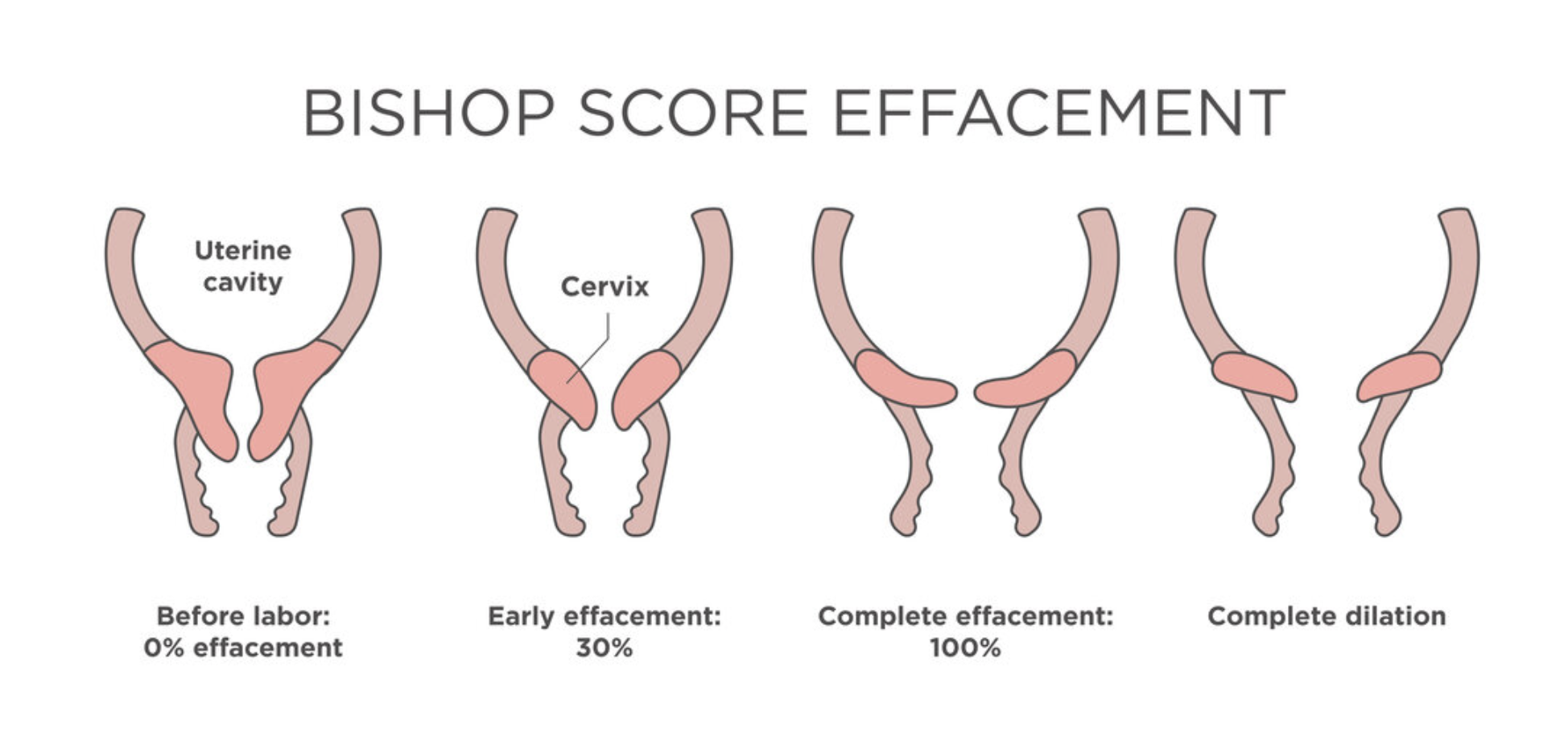What is the Bishop Score?
The Bishop Score is also known as the cervix score. It is used to asses the condition of your cervix and where your baby is sitting in your pelvis. This score can help your care provider to decide what course of action they recommend.
This scoring system can assist in predicting whether induction of labour will be recommended. It has also been used to assess the odds of spontaneous preterm birth. The Bishop Score was developed by Dr. Edward Bishop and was published in August 1964.
Before consenting to having a Bishop Score done, you can take time to speak with your care provider. Ask any questions that you may have and weigh up all the pros and cons (you can use the informed decision making tool B.R.A.I.N).
The total score is achieved by assessing the following five things during a vaginal examination:
Cervical effacement (how thick or thin your cervix is)
Cervical consistency (if your cervix is hard or has begun to soften)
Cervical position (if it remains posterior or has begun to move forward)
Cervical dilation (if your cervix has begun to open)
Fetal station (where in your pelvis your baby is)
Each of the five components are given a score of 0 to 2 or 0 to 3. The highest possible score is 13. The Bishop Score grades the cervix of women who would be most likely to achieve a successful induction. The duration of labour is inversely correlated with the Bishop Score; a score that exceeds 8 describes the woman most likely to achieve a successful vaginal birth. Bishop Scores of less than 6 usually suggest that a cervical ripening method of induction can be used before other methods.
A score of 5 or less suggests that labour is unlikely to start without induction (within the time period deemed by your care provider). A score of 9 or more indicates that labour will most likely begin spontaneously. Often in this situation, once all is medically well buying more time to allow your body to begin labour itself is a good idea.
A low Bishop Score often indicates that induction is unlikely to be successful. Some sources indicate that only a score of 8 or greater is needed for a successful induction.
Remember the Bishop Score can only measure these components as they are at that very moment. Things can change very quickly when it comes to labour and birth.
Wishing you well,
Jen x



